 Back to the Be Inspired Blog
Back to the Be Inspired Blog
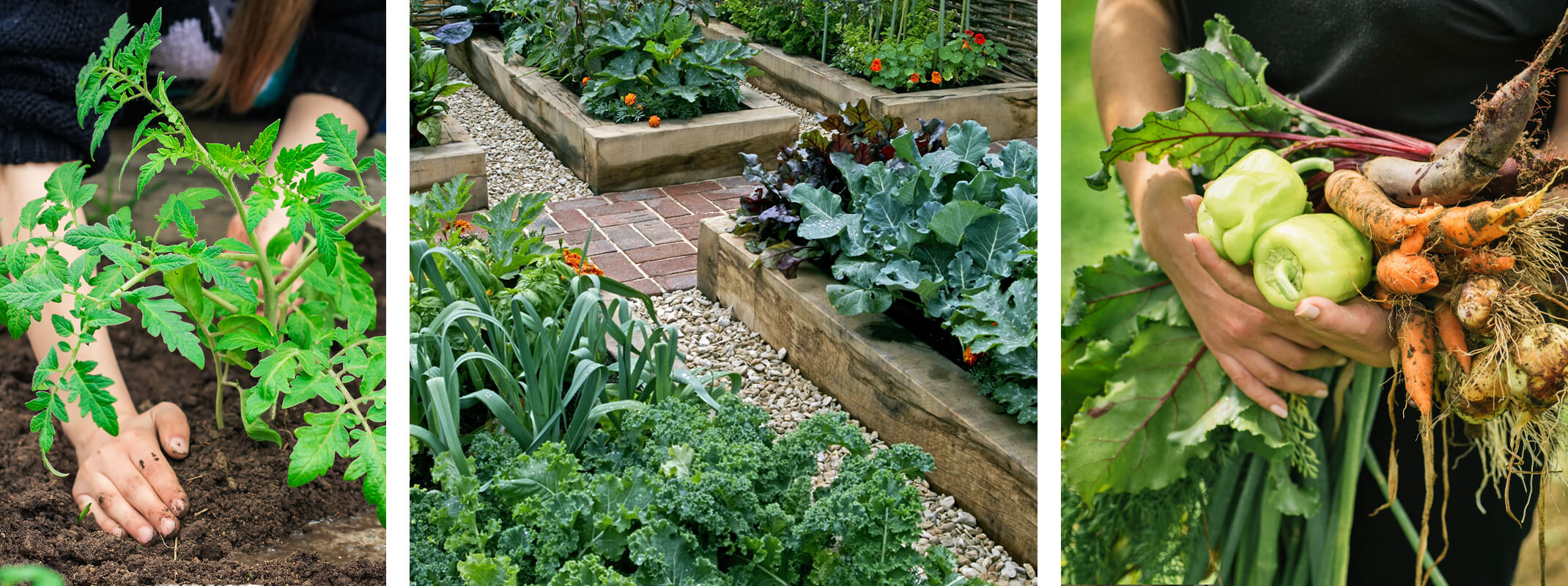
Tasty Garden: Maintaining Your Vegetable Crops
Whether you started your crops from seed or plant starts, it can take a lot of hard work and dedication to get them thriving, but now it’s time to maintain your beautiful vegetables to reach their full potential. For this next installment of Tasty Garden series, we will take you through the different maintenance tasks you will want to keep in mind as your veggies start to get a little bigger.
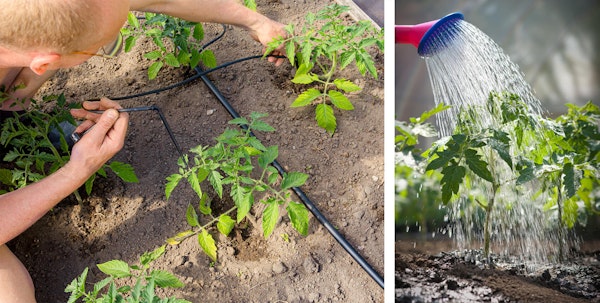 Establish a Watering Schedule
Establish a Watering Schedule
Regularly watering your crops is an essential maintenance task if you want to succeed at veggie gardening! Your vegetable garden should get anywhere from an inch to two inches of water per week, every week, and more in the height of the summer heat. With that said, it is also crucial to water wisely here in California and beyond.
We recommend using a drip irrigation system rather than watering with a sprinkler or hose. It saves you time and effort and reduces evaporation significantly, especially if you water first thing in the morning or in the early evening. Since it slowly releases water into the earth, drip irrigation systems also help to reduce runoff.
It is also best to water deeply but less frequently. Giving your garden a good soak once a week will be more effective than lightly watering throughout the week.
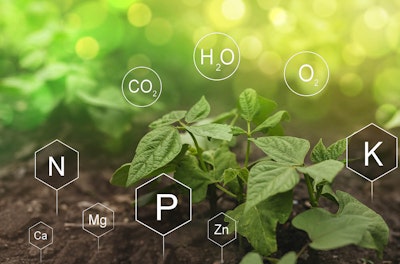 Fertilize Your Garden Crops
Fertilize Your Garden Crops
Most garden crops are heavy feeders, so we tend to fertilize them to aid in their growing process. The best time to fertilize your vegetable garden with granular fertilizer is in the spring before planting; however, you can also fertilize while your crops are actively growing. Keep in mind that liquid fertilizer may burn the roots of young plants, so wait until your crops have established themselves before feeding.
You can get a general-purpose fertilizer, but we recommend fertilizing with a product designed particularly for the plant you are growing. For example, fertilizers formulated explicitly for tomatoes will differ from a product designed for leafy greens.
Install Supports for Climbing Vegetables
There are lots of vegetables that you might plant that like to climb! Tomatoes, beans, cucumbers, and peas are all considered climbing vegetables. Giving them a place to do so will create a healthier plant that will yield a pretty hefty harvest from a relatively small piece of real estate in your garden. You can purchase prefabricated supports for your climbing crops or DIY your own.
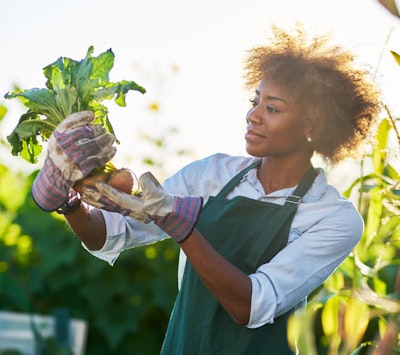 Pest & Disease Control
Pest & Disease Control
The best way to prevent a disease or unwanted critter outbreak is to grow healthy, vigorous plants. Maintain your watering schedule so that your crops don’t get stressed by drought, and rotate your crops each year.
Regularly monitor your garden for signs like wilting, webs, damaged fruit, holes in your foliage, or skeletonized leaves. Then determine whether it is a pest problem; issues like nutrient deficiencies will often present with similar symptoms as a pest or disease issue.
You can use diversion crops and lures to trap garden pests. You can also remove some by hand or spray the plants with water if you catch the problem early on. If not, you may need to resort to pesticides, but you can always stop by Summerwinds to talk with our staff and determine the best plan of attack!
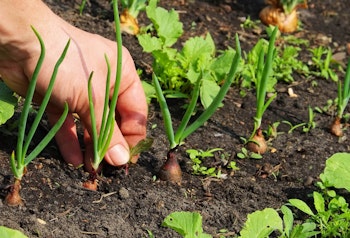 Weed Your Garden Crops
Weed Your Garden Crops
Most gardeners only wish their crops would grow as fast as the weeds! Weed control is essential throughout the growing season as weeds will compete with your plants for water, light, and nutrients.
Spreading a layer of mulch in your garden after you plant will help keep weeds down, but otherwise, you will have to remove them manually. You can chop weeds off at ground level with a hoe. While you may have to remove them a few times, it beats trying to pull out the whole root system and risk damaging tender plant root systems nearby.
For other vegetable garden maintenance tips or to stock up on supplies for your California garden, stop by one of our SummerWinds Nursery locations!

